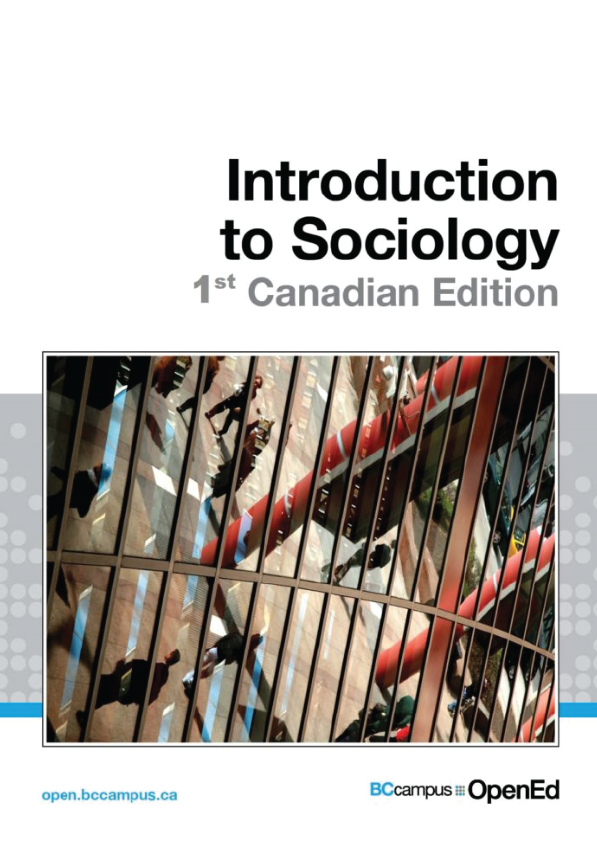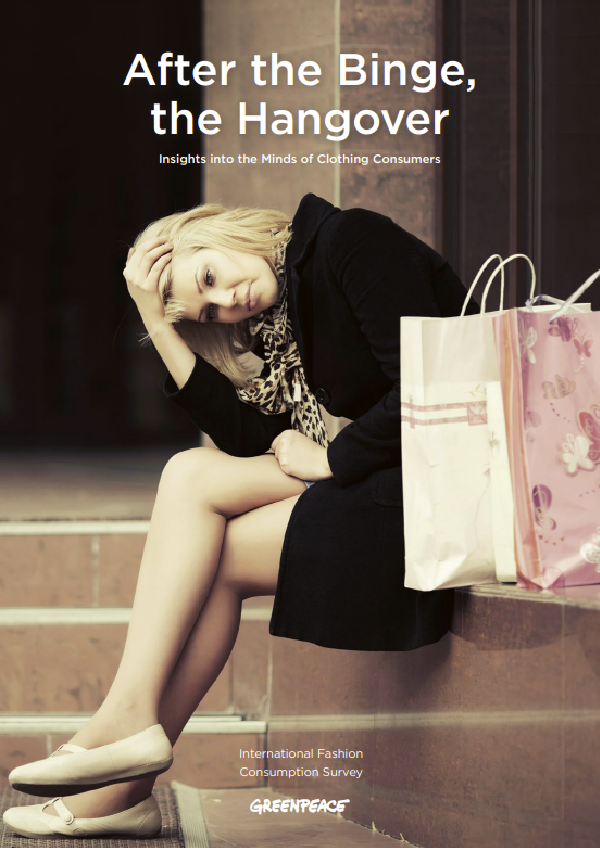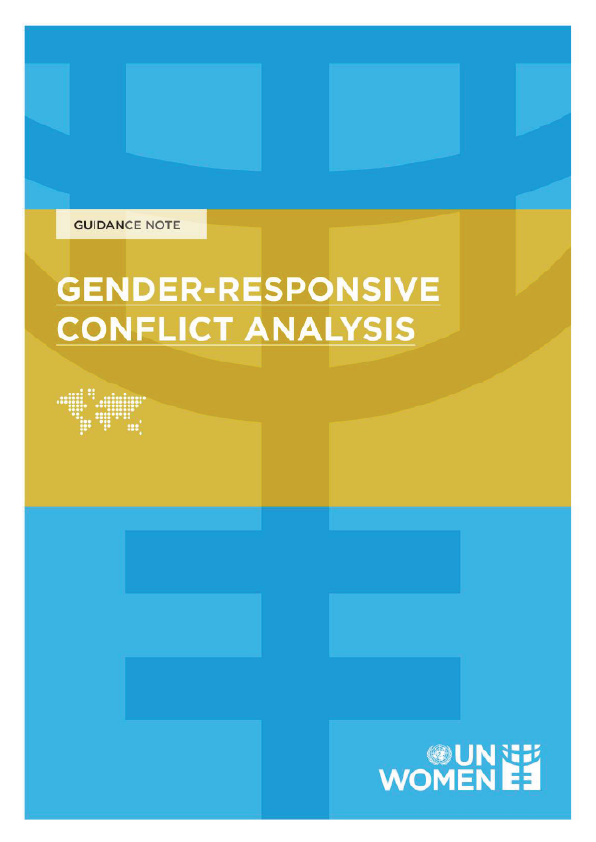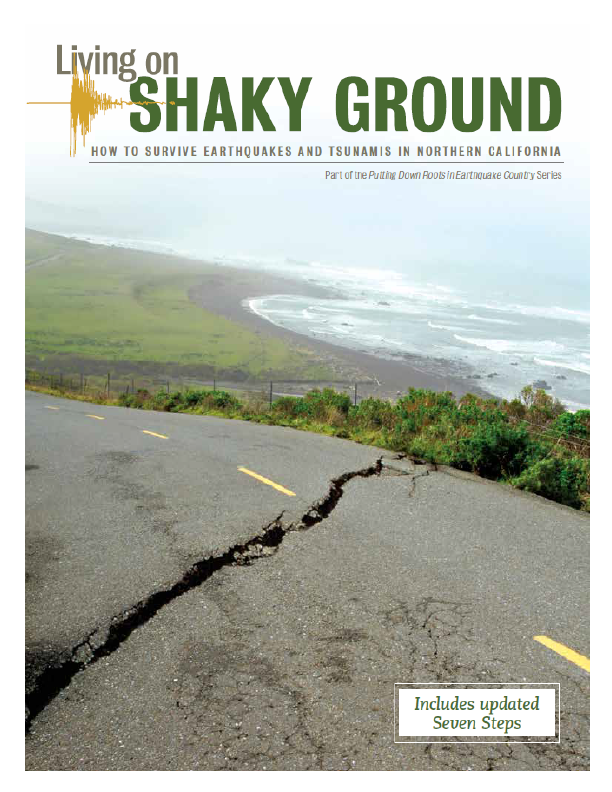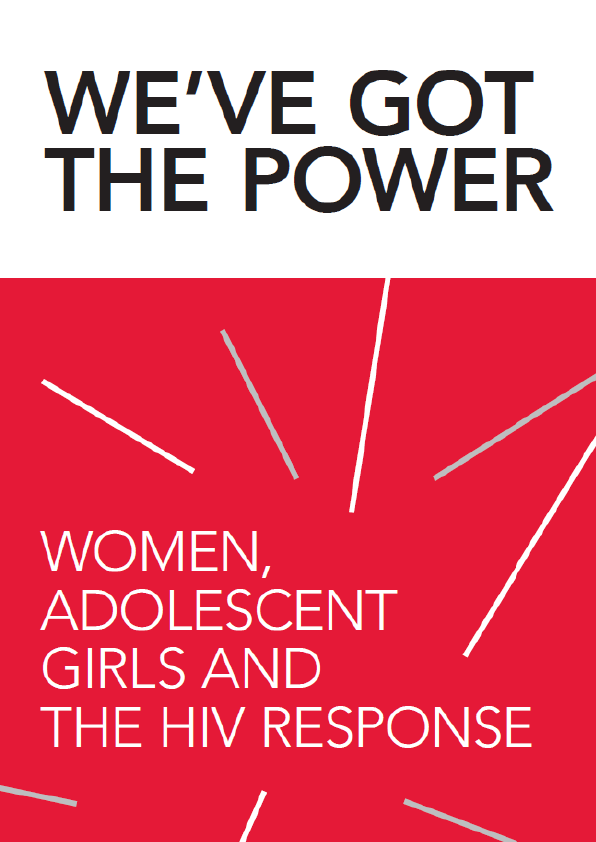Introduction to Sociology Concerts, sports games, and political rallies can have very large crowds. When you attend one of these events, you may know only the people you came with. Yet you may experience a feeling of connection to the group. You are one of the crowd. You cheer and applaud when everyone else does. You boo and yell alongside them. You move out of the way when someone needs to get by, and you say “excuse me” when you need to leave. You know how to behave in this kind of crowd.
It can be a very different experience if you are travelling in a foreign country and find yourself in a crowd moving down the street. You may have trouble figuring out what is happening. Is the crowd just the usual morning rush, or is it a political protest of some kind? Perhaps there was some sort of accident or disaster. Is it safe in this crowd, or should you try to extract yourself? How can you find out what is going on? Although you are in it, you may not feel like you are part of this crowd. You may not know what to do or how to behave.
Even within one type of crowd, different groups exist and different behaviours are on display. At a rock concert, for example, some may enjoy singing along, others may prefer to sit and observe, while still others may join in a mosh pit or try crowd surfing. On February 28, 2010, Sydney Crosby scored the winning goal against the United States team in the gold medal hockey game at the Vancouver Winter Olympics. Two hundred thousand jubilant people filled the streets of downtown Vancouver to celebrate and cap off two weeks of uncharacteristically vibrant, joyful street life in Vancouver. Just over a year later, on June 15, 2011, the Vancouver Canucks lost t ,he seventh hockey game of the Stanley Cup finals against the Boston Bruins. One hundred thousand people had been watching the game on outdoor screens. Eventually 155,000 people filled the downtown streets. Rioting and looting led to hundreds of injuries, burnt cars, trashed storefronts and property damage totaling an estimated $4.2 million. Why was the crowd response to the two events so different?
A dictionary defines sociology as the systematic study of society and social interaction. The word “sociology” is derived from the Latin word socius (companion) and the Greek word logos (speech or reason), which together mean “reasoned speech about companionship”. How can the experience of companionship or togetherness be put into words or explained? While this is a starting point for the discipline, sociology is actually much more complex. It uses many different methods to study a wide range of subject matter and to apply these studies to the real world.
The sociologist Dorothy Smith (1926 – ) defines the social as the “ongoing concerting and coordinating of individuals’ activities” (Smith 1999). Sociology is the systematic study of all those aspects of life designated by the adjective “social.” These aspects of social life never simply occur; they are organized processes. They can be the briefest of everyday interactions—moving to the right to let someone pass on a busy sidewalk, for example—or the largest and most enduring interactions—such as the billions of daily exchanges that constitute the circuits of global capitalism. If there are at least two people involved, even in the seclusion of one’s mind, then there is a social interaction that entails the “ongoing concerting and coordinating of activities.” Why does the person move to the right on the sidewalk? What collective process lead to the decision that moving to the right rather than the left is normal? Think about the T-shirts in your drawer at home. What are the sequences of linkages and social relationships that link the T-shirts in your chest of drawers to the dangerous and hyper-exploitive garment factories in rural China or Bangladesh? These are the type of questions that point to the unique domain and puzzles of the social that sociology seeks to explore and understand.
